
As a teacher in Oklahoma, the sharing and showcasing of history is nonstop for 25-year-old David Weston. This includes serving as a seasonal conductor for the Cumbres & Toltec Scenic Railroad during the summer break, while also documenting the life and times along the narrow gauge line through Instagram with approximately 45,000 followers digitally going […]
Read More…
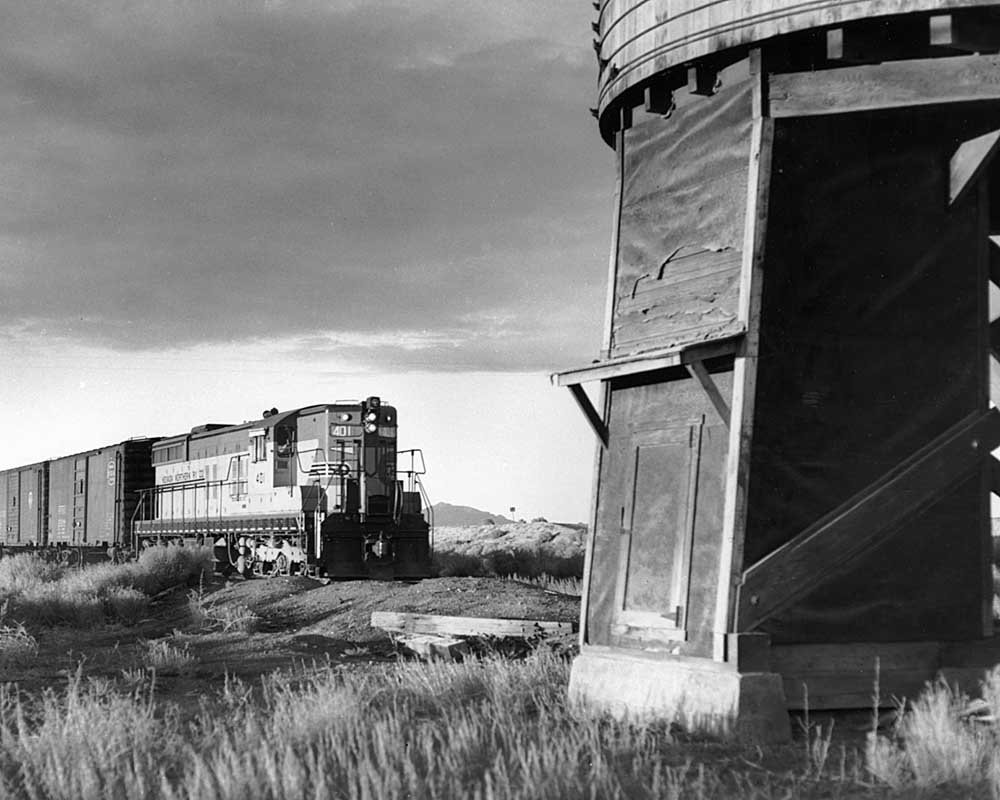
The Nevada Northern Railway might be the most remote railroad attraction in the Lower 48, and it’s also one of the most valuable. Just ask any of the thousands of people who make the trek each year out to windswept Ely, the east-central Nevada town that hosts one of our finest steam operations. Headlined by […]
Read More…
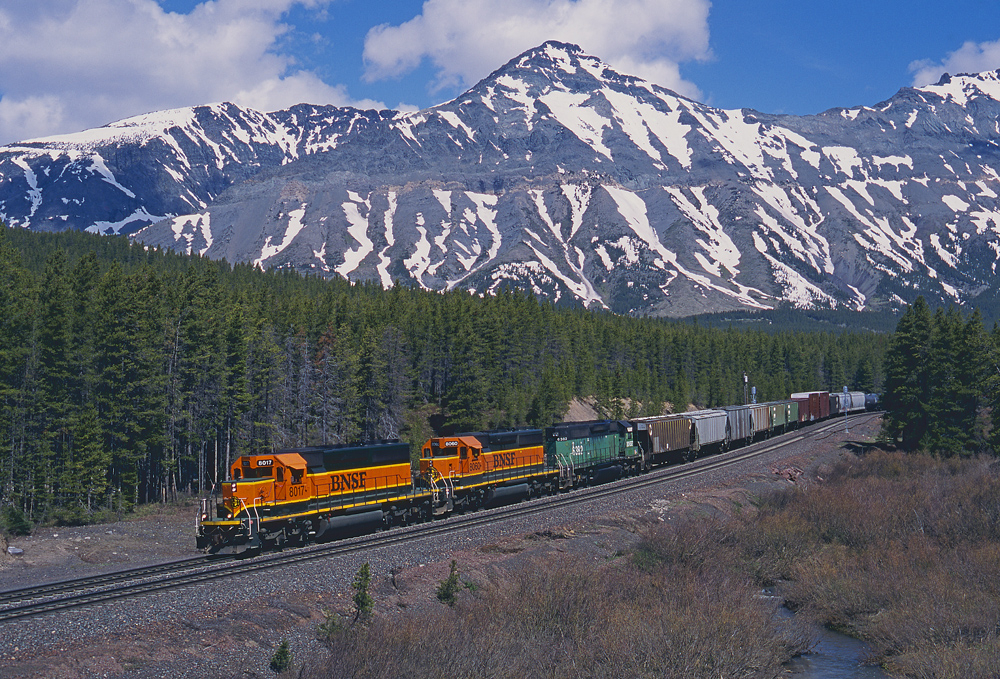
Montana’s U.S. Route 2 The former Great Northern “Hi-Line” across Montana is BNSF’s primary route to the Pacific Northwest. The BNSF route across Montana is paralleled by U.S Route 2 instead of an interstate highway and is a boon to the railfan. For 557 miles, U.S. 2 is alongside BNSF from Whitefish in the western […]
Read More…
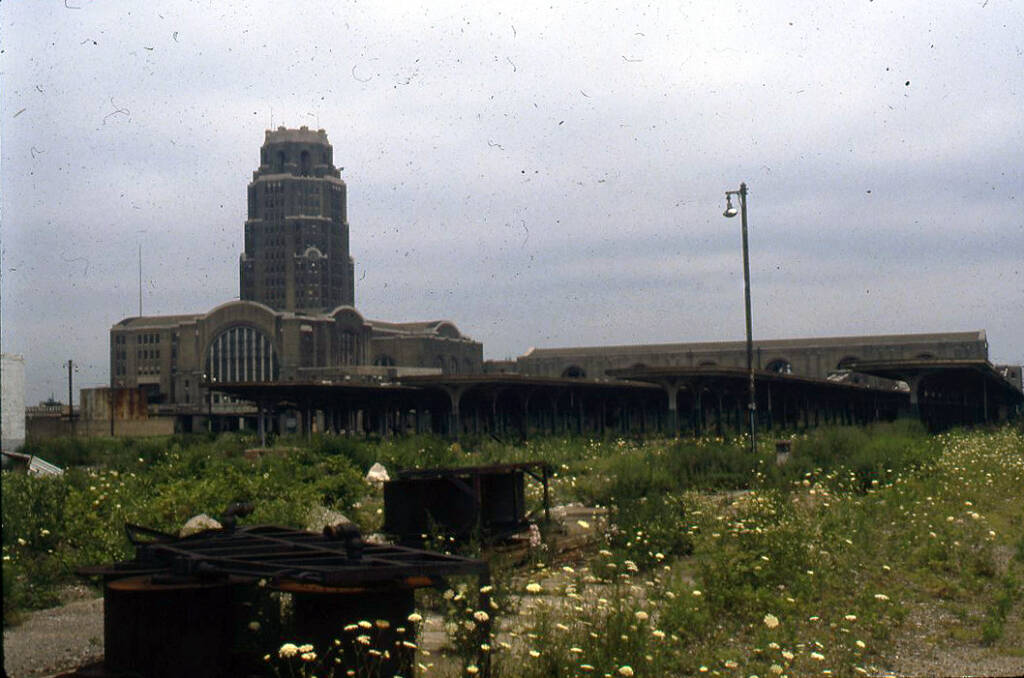
Buffalo Central Terminal The recent reopening of Detroit’s Michigan Central Terminal rekindled thoughts about another neglected terminal, this one resides in Buffalo, N.Y. What turn of events would need to take place to revive Buffalo’s Central Terminal? There may be significant roadblocks, but could they be overcome? Blast from the past First, some background. As […]
Read More…
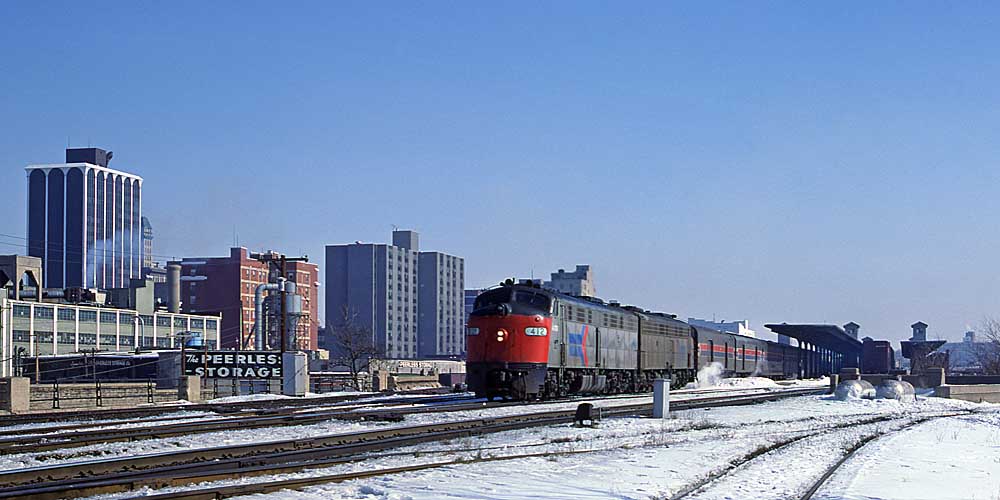
Amtrak National Limited service began operation on May 1, 1971, linking New York City and Washington, D.C., with Kansas City. It carried Nos. 30-31. The route roughly paralleled that of Interstate 70, which links Baltimore and Kansas City. The name was a nod to a Baltimore & Ohio train serving Washington and St. Louis, but […]
Read More…
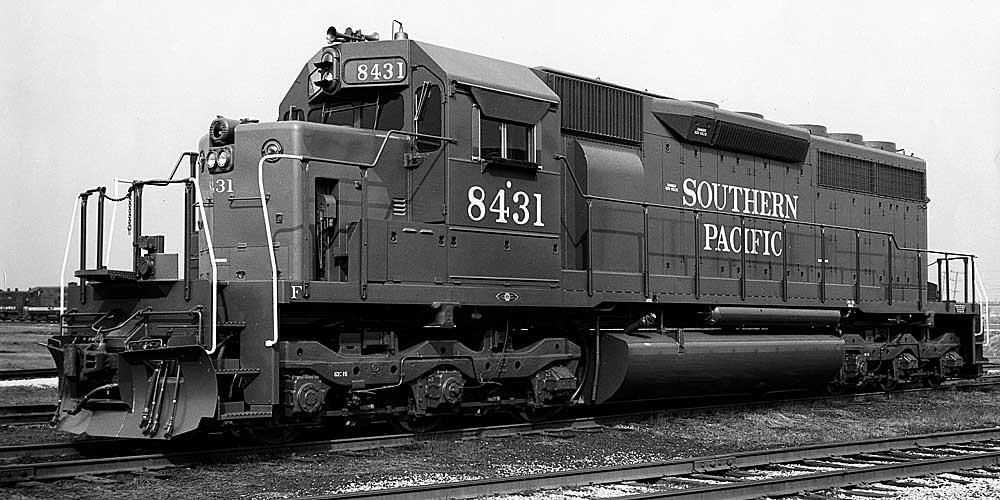
Although a latecomer to the hood unit market, EMD became the dominant builder of road switchers with the GP7. Dynamic brakes are indicated by a protruding housing (“blister”) with grids atop the middle of the long hood, with rooftop cooling fans above it. The radiators are at the end of the hood, with an intake […]
Read More…
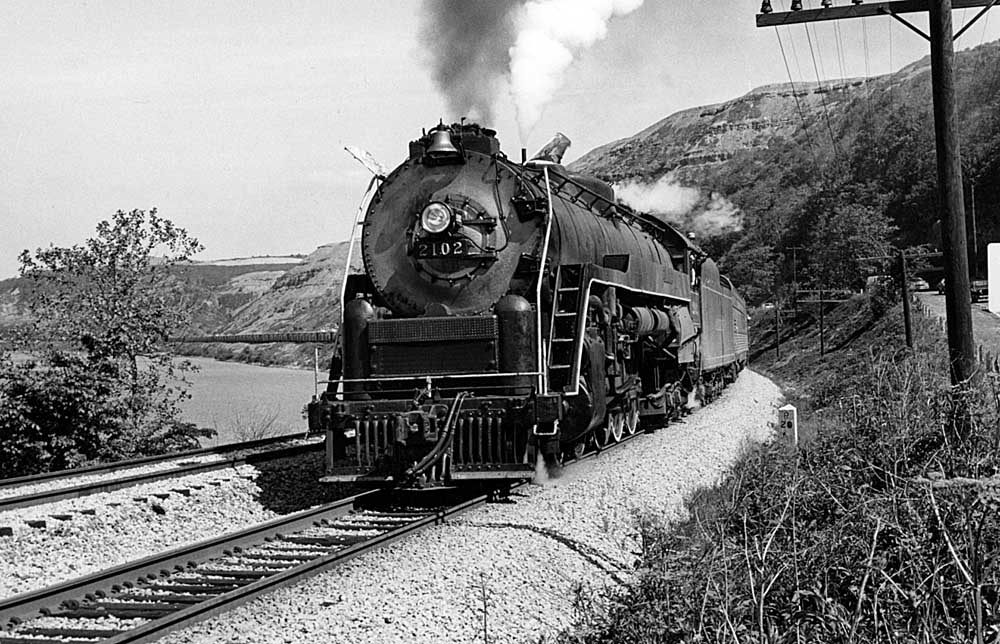
Of all the mainline steam locomotives running these days — and there is an uncanny amount of them — I can’t think of one with as many distinct transitions as Reading 4-8-4 No. 2102. By my count, she’s a cat with at least five lives, with four more to go, if you believe that sort […]
Read More…
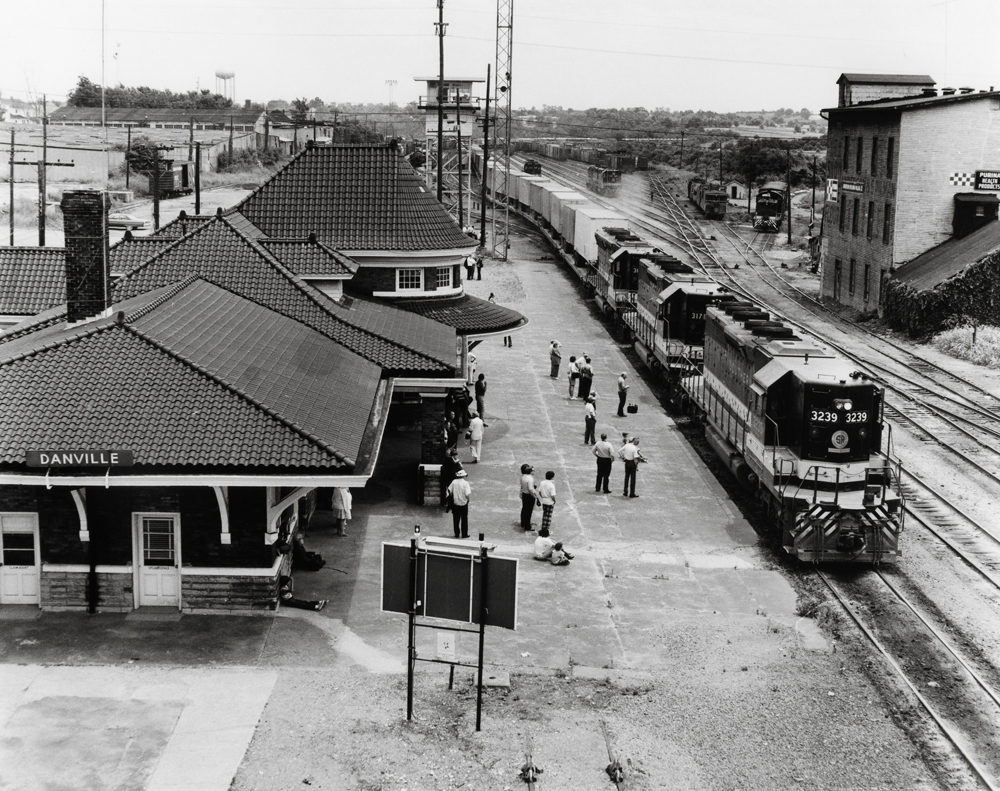
Track The radio comes alive: It’s a transmission about another engineer. We’ll call him Mike Smith. “Mike Smith, what track are you on at Harriman Junction?” I’m northbound on Norfolk Southern train No. 216, a hot-shot piggybacker on the Kentucky Division — the Cincinnati, New Orleans & Texas Pacific Railway, the Rat Hole — between […]
Read More…
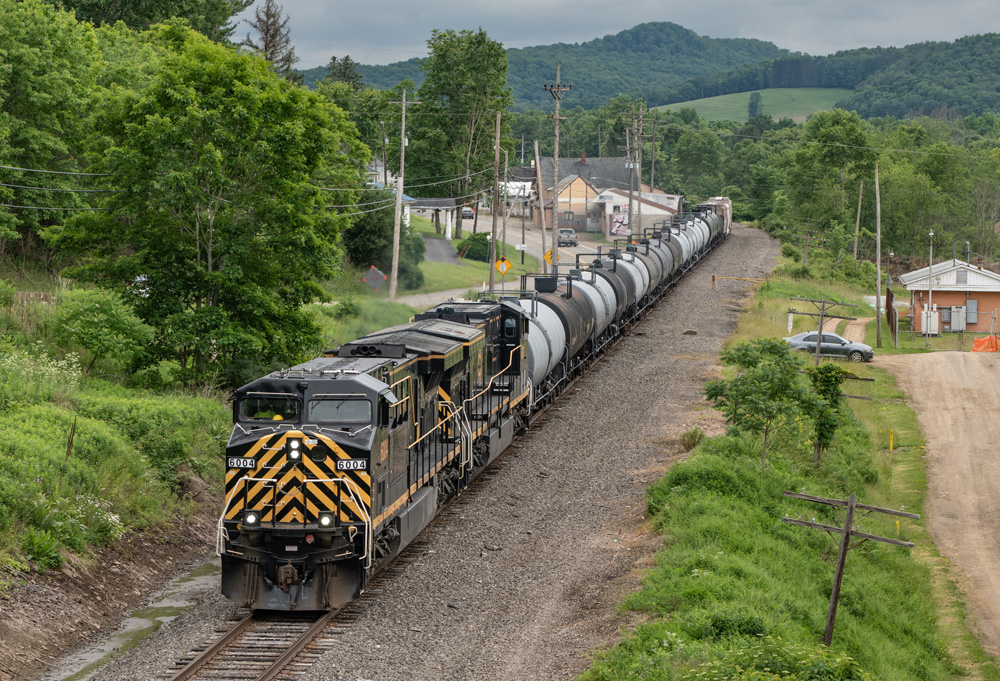
General Electric AC6000CW The modern horsepower race between builders culminated in the 1990s with both General Electric and EMD producing six-axle locomotives with 6,000-hp prime movers. Unfortunately, the concept never caught on, with only two domestic railroads, Union Pacific and CSX, purchasing General Electric’s design. In the race to get the locomotives on the road, […]
Read More…
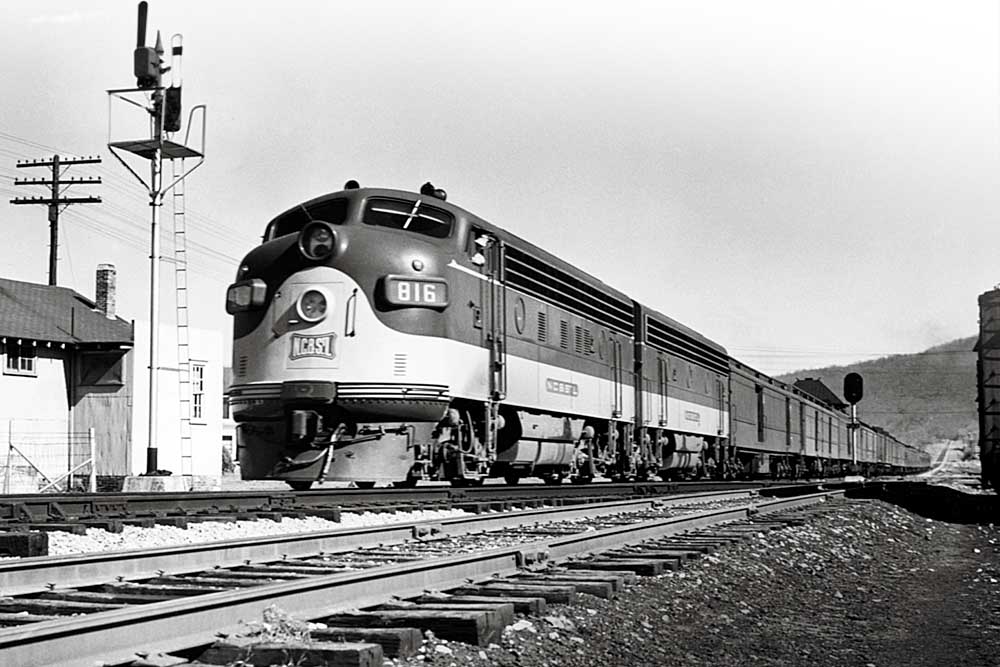
NC&StL locomotives were distinctive but disappeared all too soon. The Nashville, Chattanooga & St. Louis Railway had its share of unique items and was a pioneer. Historian Dain L. Schult says the “NC,” as it was known, was the only southern road to try a Camelback and a duplex; neither type worked out. It […]
Read More…
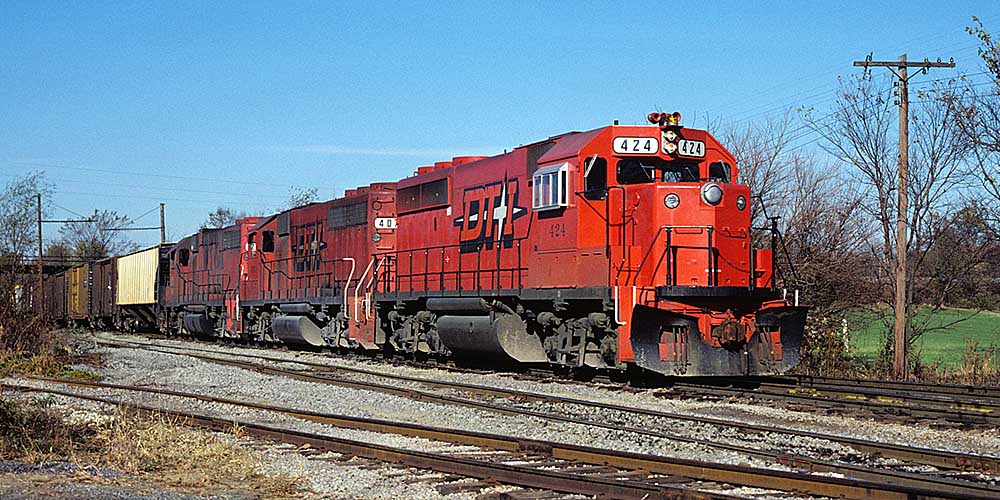
Here are five traits of the Detroit, Toledo & Ironton that made it special. The DT&I was formed in 1905 with the combination of the Detroit Southern and Ohio Southern railroads. In 1920, automobile tycoon Henry Ford acquired the road, popularly to ensure a new River Rouge bridge could be built to ensure water […]
Read More…
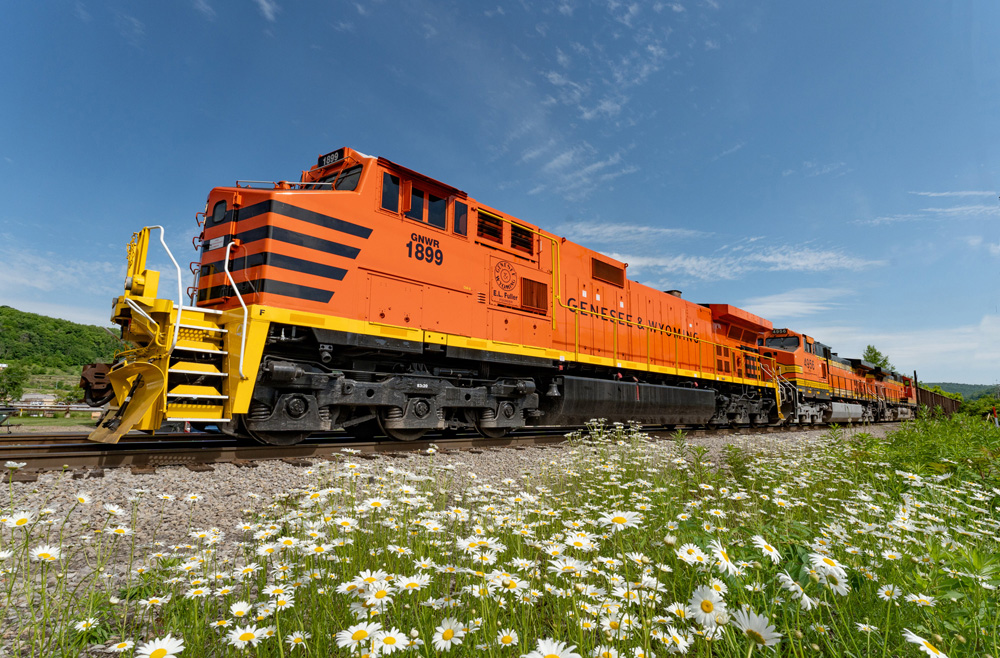
General Electric locomotives One year after Genesee & Wyoming’s June 2023 announcement it was buying second-hand General Electric power from Wabtec to bolster its fleet, the rollout of these locomotives on many of its properties is well underway. The comfort cab-equipped locomotives are part of a vast rearrangement of power on many Genesee & Wyoming […]
Read More…












